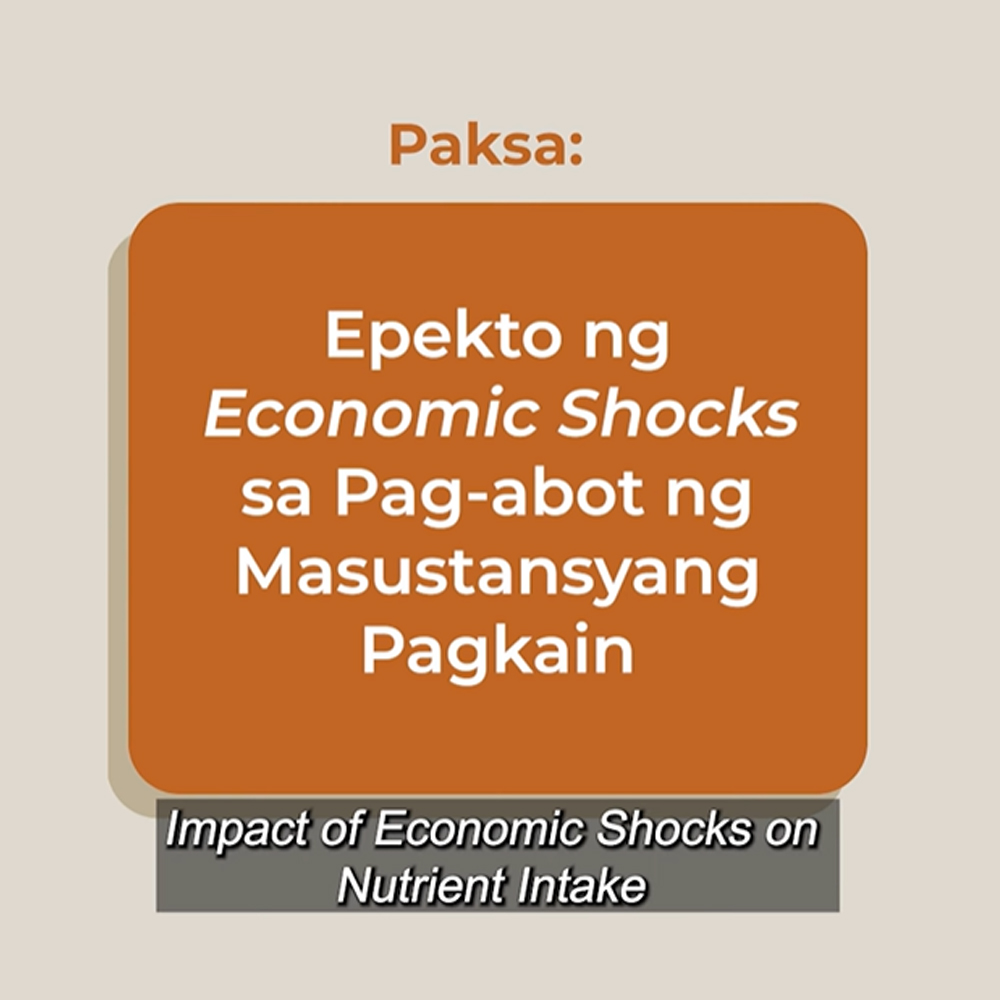The government quantified losses from the pandemic and came up with P2.3 trillion in squandered opportunity as a result of direct and indirect health impacts.
Government think tank Philippine Institute for Development Studies (PIDS) Senior Research Fellow Valerie Gilbert Ulep revealed this at a webinar, which featured the PIDS study “The Multifaceted Health Impacts of the Covid-19 Pandemic”.
Ulep said indirect health impacts such as reduced access to different health services, account for much of the total cost.
He underscored the importance of measuring these impacts to better manage the pandemic.
“The coverage rates of key basic health indicators before the pandemic are pretty low. Further decline of these key health indicators will be very catastrophic to population health and wellbeing,” he explained.
Low health care level
Citing a 2017 Universal Health Coverage data, Ulep revealed that only 50 percent of Filipinos received prenatal care, 55 percent of children with pneumonia visited a health provider, and 77 percent of children received vaccination. He noted that these indicators are relatively low compared to other countries.
Further, based on Philippine Statistics Authority data, six percent of deaths in 2020 can be attributed to the pandemic and a higher death toll can be expected in 2021.
The author also highlighted that the decline in inpatient care among children is “alarming” and that the indigents suffered the largest drop in medical claims.
“The poor are not accessing health services anymore. This finding has [a] huge equity implication. It means that the poor might have a huge unmet need for health care during the pandemic,” Ulep explained.
The number of consultations in rural health units (RHU) significantly declined, particularly among vulnerable populations.
Ulep noted that the role of RHU is critical because “they are the gateway of individuals and communities to the public system” by providing basic healthcare services and other interventions.












